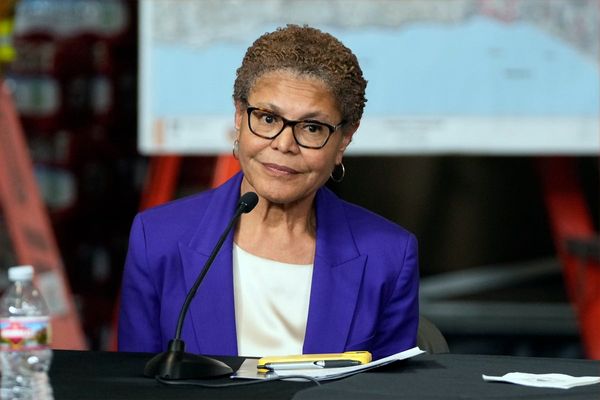
- Aviation experts said it was still safe to fly after two high profile airplane crashes because flights are operated by "highly professional" pilots and air traffic controllers. They added that if conditions were deemed unsafe officials would cancel flights altogether.
It‘s only natural to wonder if the fact that two plane crashes happened so close to one another means that flying isn’t safe anymore. But what do experts say? Fortune interviewed several seasoned aviation professionals who said that while these tragic crashes were jarring, flying remains safe.
“It is safe for passengers to fly even after the horrific accident,” said Chad Kendall, a professor of aviation and aerospace science at Metropolitan State University of Denver. “Highly professional pilots and air traffic controllers are doing this right now. Thousands of operations have occurred since this accident.”
Last week, 67 people died when a commercial plane struck a Black Hawk military helicopter in the middle of a training exercise, in Washington, D.C. A few days later on Saturday a small Learjet crashed into the ground in Philadelphia, killing six passengers on board and at least one person on the ground. Both of those incidents in short succession raised national concerns about airline safety.
Both incidents are still being investigated by the National Transportation Safety Board. When reached for comment, the NTSB directed Fortune to the online statements regarding the investigations for the incidents in Washington and Philadelphia.
The very public nature of these crashes in such a short time frame contributed to the heightened concern, said Margaret Wallace, professor of aviation management at Florida Institute of Technology. “These have really been in the limelight,” Wallace said. “So I know it brings people certain anxiety. But it's safety first. We're not going to put people out there and say ‘whatever happens, happens.’”
The accident in Washington led to scrutiny of the overall staffing levels of air traffic controllers, after it was reported the facility overseeing the area where the crash happened may have been understaffed. While it may sound highly concerning that air traffic control towers were understaffed, all such facilities have minimum staffing levels needed to operate, noted Wallace.
If there were ever safety risks, then flights wouldn’t be allowed to take off. “If it were to get to a dangerous point, we just wouldn’t have as many airplanes in the air,” Wallace said. “We'll start canceling flights. We’ve got to keep it safe. It's the number one priority.”
While chronic understaffing remains an issue, experts caution that it is still too early to know definitively what led to the crash in D.C. At this point, the staffing levels are just one variable among many to evaluate, Kendall said. “Just one component isn’t the answer at this point,” he said.
Staffing levels do not appear to have played a role in the accident in Philadelphia.
That said, understaffed air control facilities are a widespread problem. Among 313 air traffic control facilities in the country, 285 are understaffed, according to a report from the New York Times, which cites data from the air traffic controllers union. This tends to happen on a cyclical basis because of how long it takes to train new air traffic controllers, Wallace said. She explained that air traffic controllers have to retire on their 57th birthday, but their replacement can’t be hired until they’ve left their jobs. However, training a replacement takes at least two years, which means that in the intervening time overall staffing levels might drop. Wallace added that personnel levels drop all at once about every 10 years when entire swaths of air traffic controllers retire. “They all get hired at the same time, so they're all retiring at the same time,” she said.
The training process is extensive because the stakes for air traffic controllers are life and death. For the most part, the U.S. has a stellar track record of airline safety. Statistics show that air travel is safer than driving a car.
At the moment air traffic controllers and pilots will be on high alert to avoid any complacency amid a period of such public concern. “It’s probably even safer [right now], because everybody's paying attention,” Wallace said.







